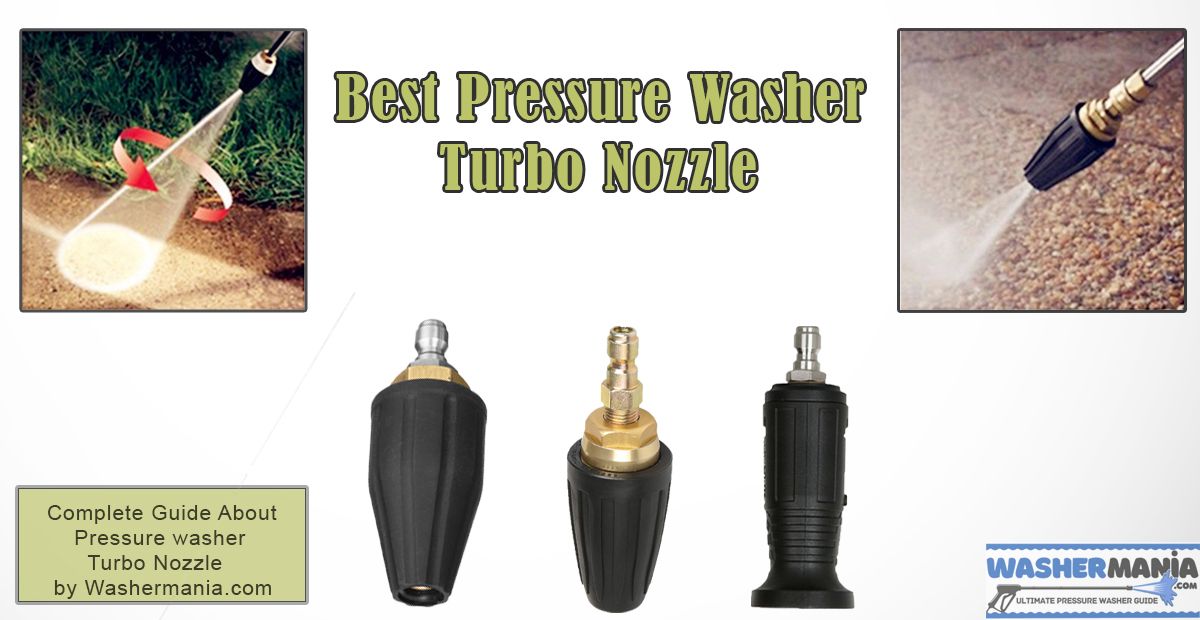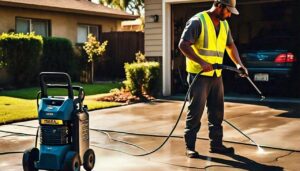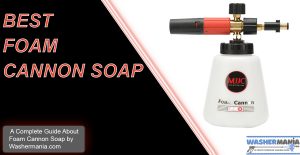A turbo nozzle uses centrifugal force to deliver a strong stream of water at high speeds, making it perfect for removing stubborn dirt and grime from even the toughest surfaces like concrete, asphalt, stone, and brick. They have two different spray patterns: jet and cone. The jet pattern is great for removing dirt from surfaces like concrete or metal, while the cone pattern works well for cleaning surfaces like wood or fabric. Turbo nozzles offer increased pressure and efficiency when cleaning large areas quickly. Turbo nozzles are most commonly used on larger vehicles, such as trucks and boats. They are also used in industrial settings, such as factories and refineries, to clean large areas quickly.
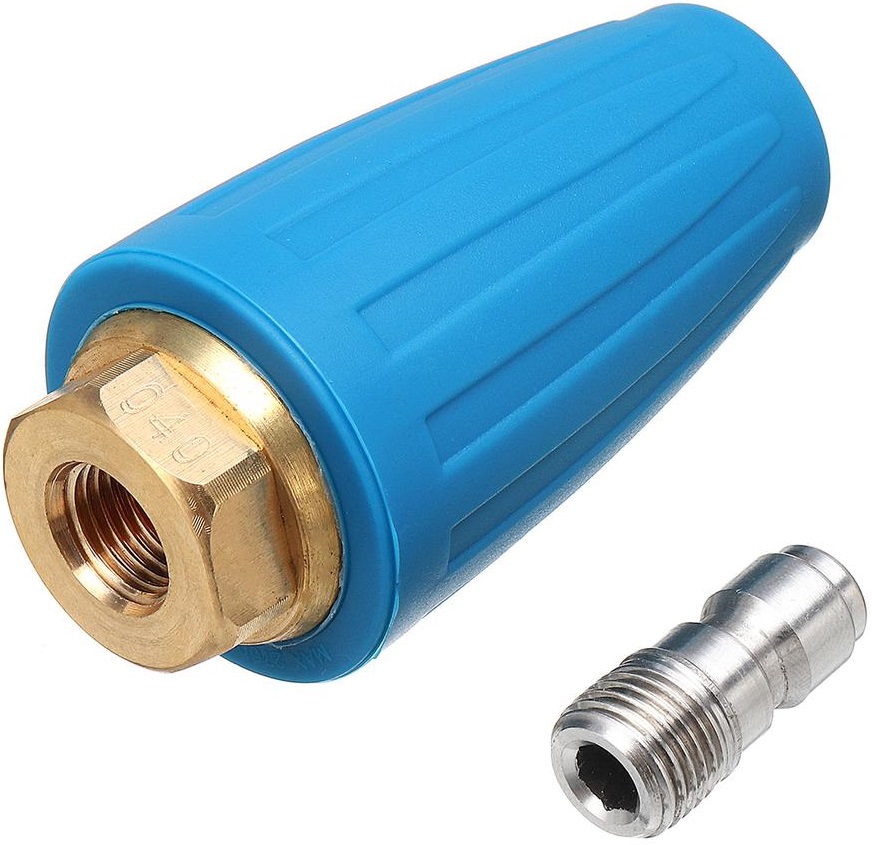
It’s important to note, though, that this nozzle is not ideal for use on delicate surfaces like wood or fabric because it can cause significant damage if used incorrectly. A common question people have about turbo nozzles is whether they’re compatible with different pressure washers. The answer is yes! As long as both products have the same GPM (gallons per minute) rating, they’ll work together just fine. But if you want to make sure your setup will work perfectly, check the manufacturer’s website before making a purchase.
Types of Turbo Nozzles
The right turbo nozzle can make all the difference when it comes to cleaning power. We’ve compiled a list of different types of turbo nozzles and their uses below so that you can find one that meets your needs.
Straight Stream Turbo Nozzle
Straight Stream Turbo Nozzle is great for removing dirt from flat surfaces like driveways or sidewalks. The power washer nozzle creates a strong jet of oscillating water that cleans faster than standard nozzles. It’s great at cleaning hard to remove dirt, grime, and debris.
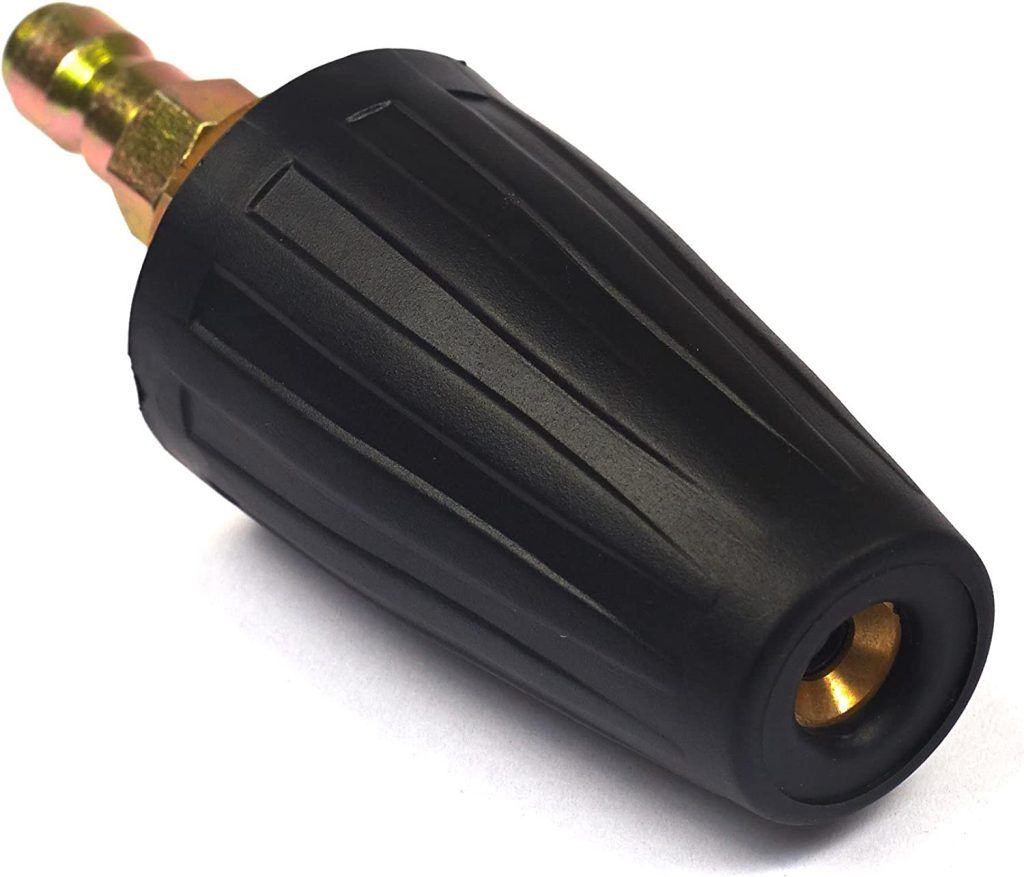
Angled Stream Turbo Nozzle
An angled stream turbo nozzle is designed to increase the pressure and efficiency of the spray by moving the spray from a smaller angle to a larger angle. The angled turbo nozzle of a pressure washer is a useful tool for removing stubborn dirt, debris, and debris from hard-to-reach places. This nozzle is designed to increase the pressure and speed of the water flow, making it more effective at removing materials.

Soap Stream Turbo Nozzle
This option of Soap Stream Turbo Nozzle is used when you want to add some extra cleaning power to your stream (i.e. when washing your car). It works great with soap solutions, but don’t use it with water alone, it won’t do much good.
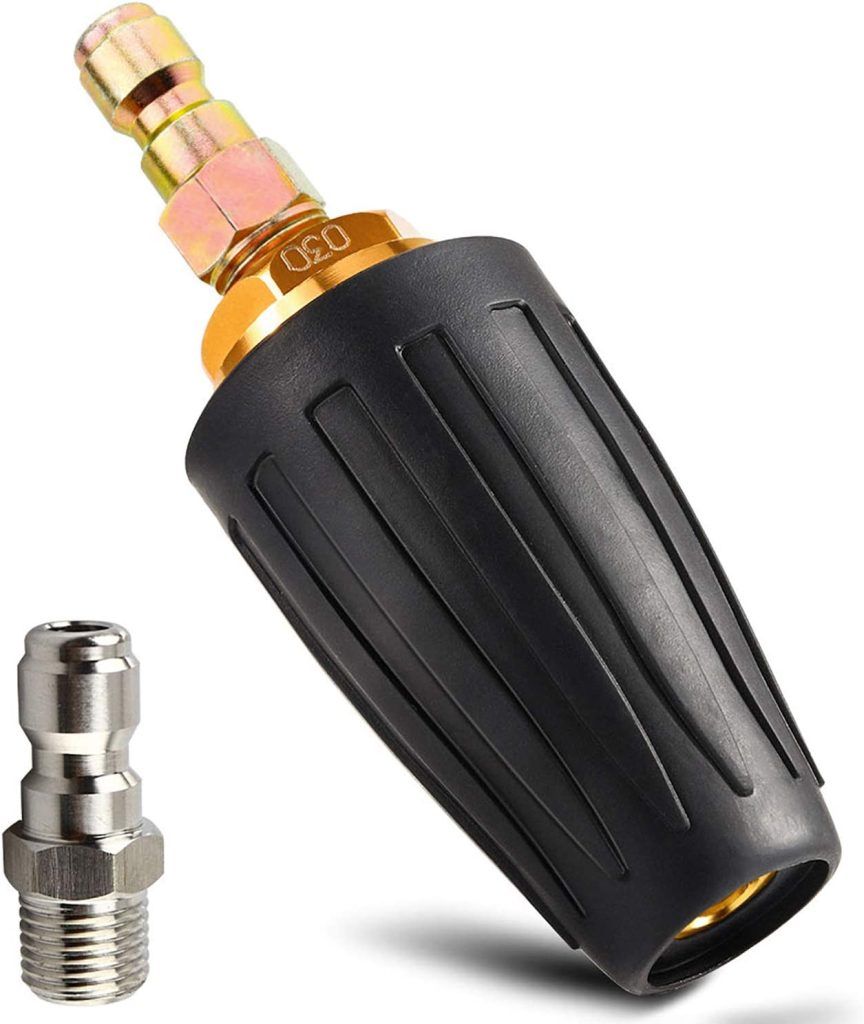
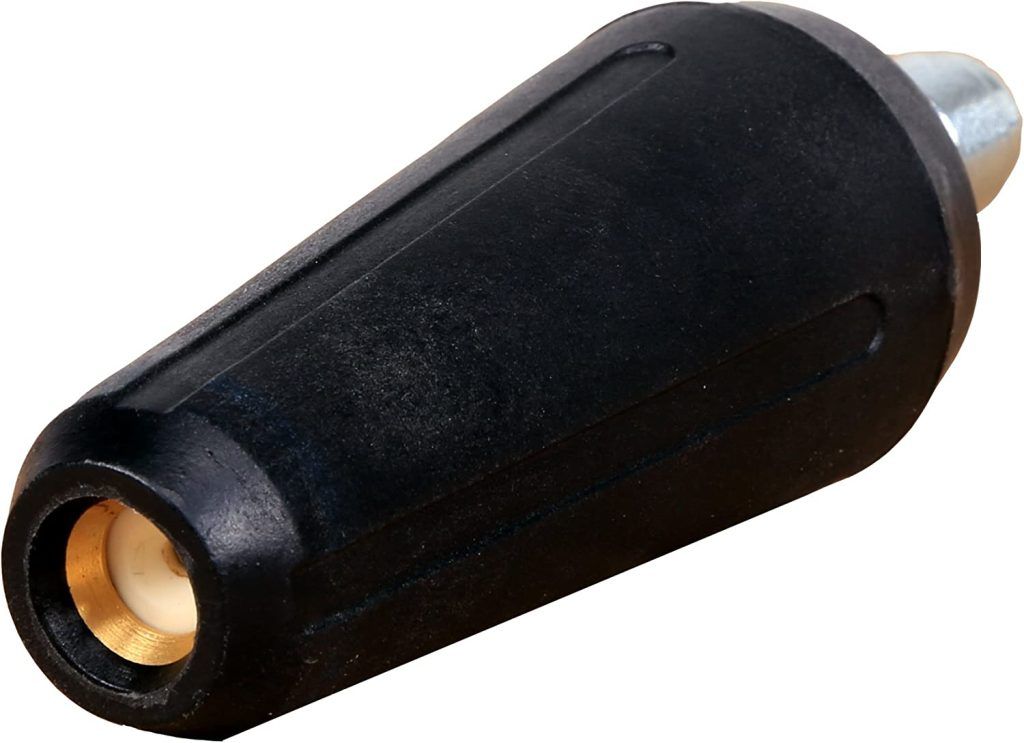
Fan Pattern Turbo Nozzle
This is great for getting large areas cleaned quickly because it shoots out a wide swath of water at once (i.e., when cleaning your entire driveway).
Advantages of turbo nozzles of Pressure Washer
Pressure washers are great for cleaning just about anything like cars, trucks, boats, and even homes. But sometimes it’s hard to reach all the nooks and cranks with a regular hose. That’s where turbo nozzles come in handy. They deliver high pressure water where it’s needed most so you can get your job done faster than ever before. The advantages of using turbo nozzles on your pressure washer are numerous. They allow you to get into those hard-to-reach places without having to move the unit around so much. They make cleaning so much faster than it would be otherwise.
Here are some of the many advantages of using turbo nozzles on your pressure washer:
- They don’t reduce water pressure like other kinds of nozzles do, They increase water flow by up to 50% compared to using a standard hose without one. This means that you’ll be able to clean faster than ever before.
- They’re easy to use, simply attach them onto any standard garden hose and turn on the water. There’s no complicated setup process like other products on the market today.
- They’re durable. Unlike other brands out there that break easily when used frequently over time, these turbo nozzles are built to last through countless uses without losing any of their functionality or performance capabilities whatsoever.
- They’re lightweight and compact so they won’t take up too much space in your garage or storage area at home when not in use, making them perfect for people who have limited space available where they live or work.
- You can easily adjust their PSI (pounds per square inch) levels based on what type of surface you’re cleaning or washing at any given moment because they have multiple settings available depending on what kind of job needs to be done right away.
- They don’t clog easily, even when there’s lots of debris around and they have various sizes available so you can find one that fits your needs perfectly.
- And finally, they’re affordable. You won’t need to spend an arm and a leg just to get your hands on one of these fantastic turbo nozzles.
Some Things to keep in Mind
The right turbo nozzle can make all the difference when it comes to cleaning power. Here are some things to keep in mind when choosing which one is right for you:
Black Turbo Nozzle

The Black Turbo Nozzle has a slim profile and provides excellent coverage in tight spaces like between car wheels or along moldings on house siding. It’s perfect for getting into those hard-to-reach places.
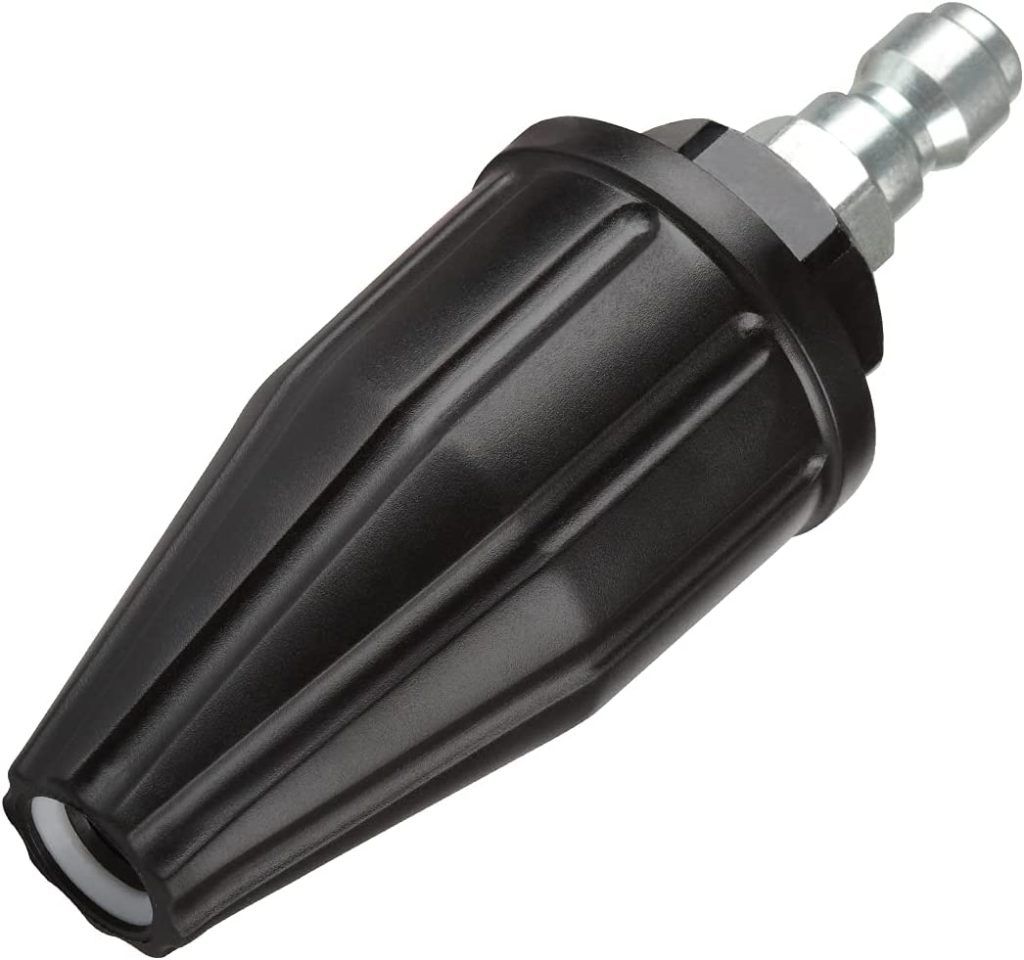
Green Turbo Nozzle
The Green Turbo Nozzle has a wide surface area, making it great for covering large areas with less movement than other nozzles. This makes it ideal for cleaning decks or driveways where there’s lots of space to cover but not much time to do it!
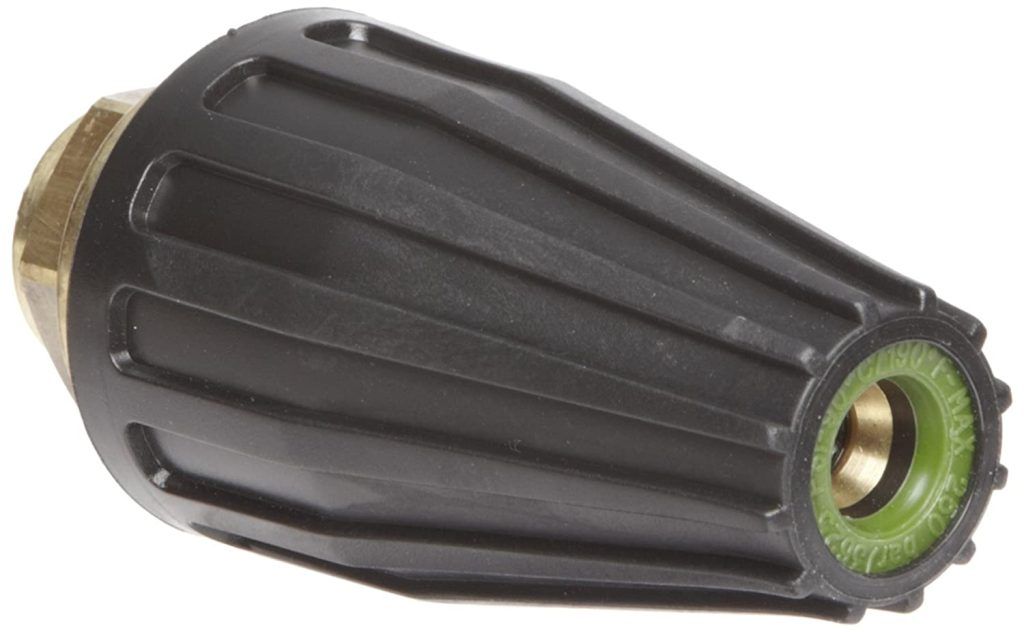
Red Turbo Nozzle
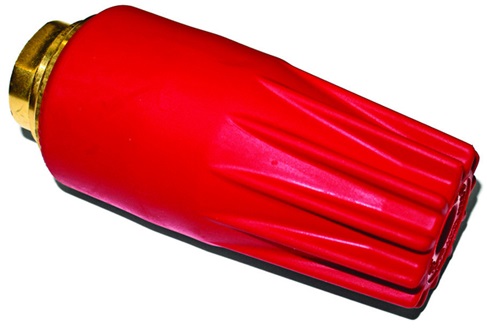
The Red Turbo Nozzle has variable pressure settings that allow you to adjust how much water flows through the nozzle based on what kind of surface you’re cleaning. If you’re washing your car or doing some light duty washing around the house, then this is likely going to be the best option for you.
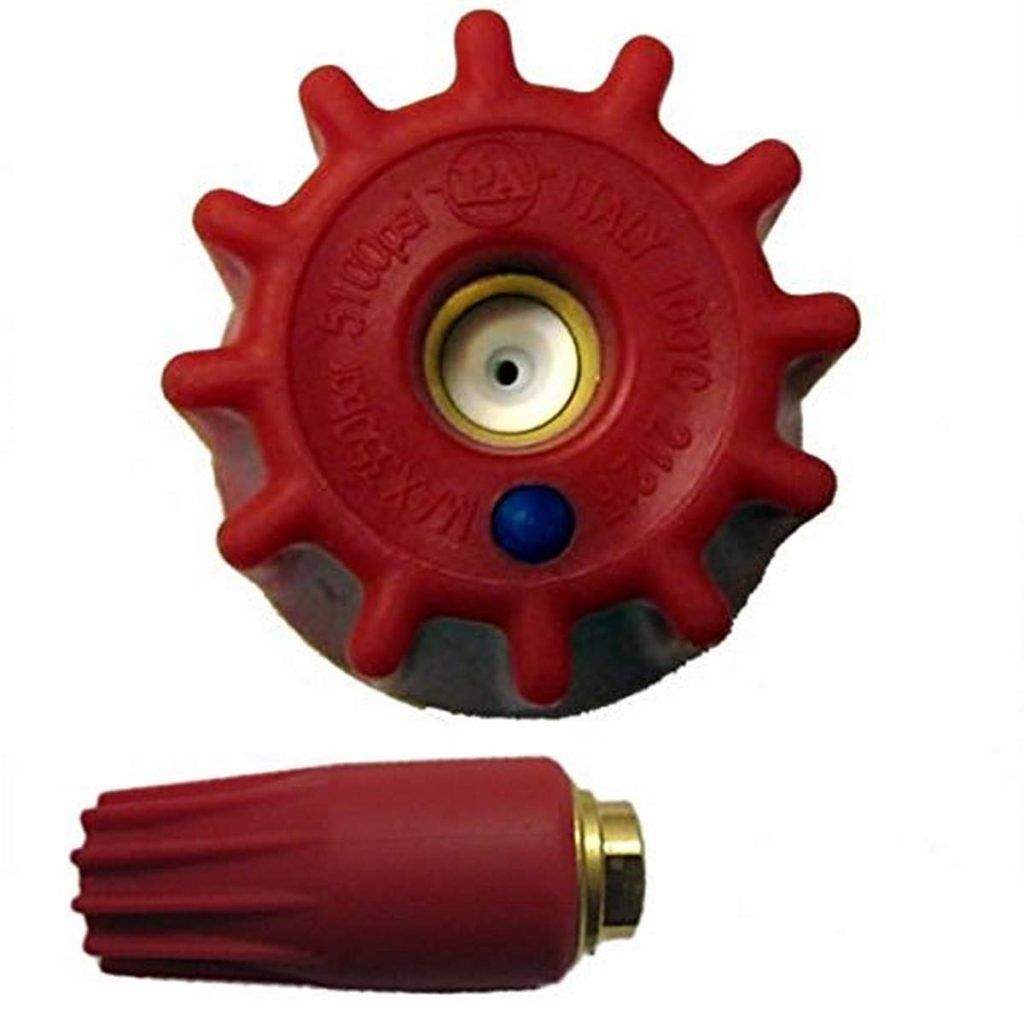
Tips for using Turbo Nozzles
The Turbo Nozzle is the key to achieving high levels of cleaning power while using less water than traditional methods. This nifty little attachment allows you to focus the stream of water onto small areas without having to move the hose around too much. This saves both time and water.
Here are some tips for getting the most out of your turbo nozzle:
- Always start at the lowest setting when cleaning with a turbo nozzle. If it’s too strong, then lower it by one notch.
- Be careful not to point the nozzle directly at people or animals, it can cause serious injury.
- If there’s buildup on your surface, like grime or dirt, then use a softer brush beforehand so that the dirt doesn’t get pushed deeper into the surface when using a turbo nozzle.
- Always make sure that there’s enough water coming through the hose. If there isn’t enough water then it won’t work as well as it should.
- Use it on surfaces that are flat or have minimal curves (it won’t work as well on surfaces with lots of bumps or curves).
- Don’t use it on any surface that’s made from metal or stone. It will damage the nozzle and reduce its effectiveness.
- Adjust the pressure according to what type of surface you’re cleaning, for example, if you’re cleaning a car then set your pressure washer between 800 PSI and 1,000 PSI depending on how dirty the car is, If you don’t adjust accordingly then you won’t get good results.
- Use circular motions when washing surfaces like cars or windows so that you don’t create any streaks or scratches, this will ensure that your vehicle or home looks its best.
- Make sure you read through your manual thoroughly before using any new attachments or accessories, some things might not be compatible with your model and could cause serious injury if used incorrectly.
FAQ’s
Does turbo nozzle increase PSI?
Your water blaster’s nozzle momentarily substitutes the fan nozzle to boost cleaning pressure by around 60%. For instance, it would raise the pressure on this Washmate-10 from 2,200 psi to over 3520 psi.
What is the turbo nozzle best for?
Turbo nozzles are created to maximise the power your pressure washer can produce while cleaning surfaces more quickly and with less effort.
Can you use a turbo nozzle on wood?
A 0° spray’s pressure can harm some metals, siding, and woods. The spinning nozzle, however, is a wonderful time-saver for surfaces like concrete, brick, and other really hard ones.
How much PSI can turbo hold?
In reality, the engine’s safe operating pressure upper limit is 20–22 psi. Although the turbo can withstand greater boost, questions regarding the turbo’s durability may arise.
At what speed is turbo activated?
The engine of your automobile typically revs about 2,000 rpm when moving, while a turbo’s turbine can spin at up to 280,000 rpm. Fine Engineering: The size of a turbo’s components must sometimes be designed and manufactured with accuracy that is less than the width of a human hair.
Is turbo cleaning necessary?
You may avoid replacing your turbo by cleaning it instead! As carbon deposits build up over time, engine efficiency reduces as consumption rises. The task of cleaning a turbo is doable for everyone!

